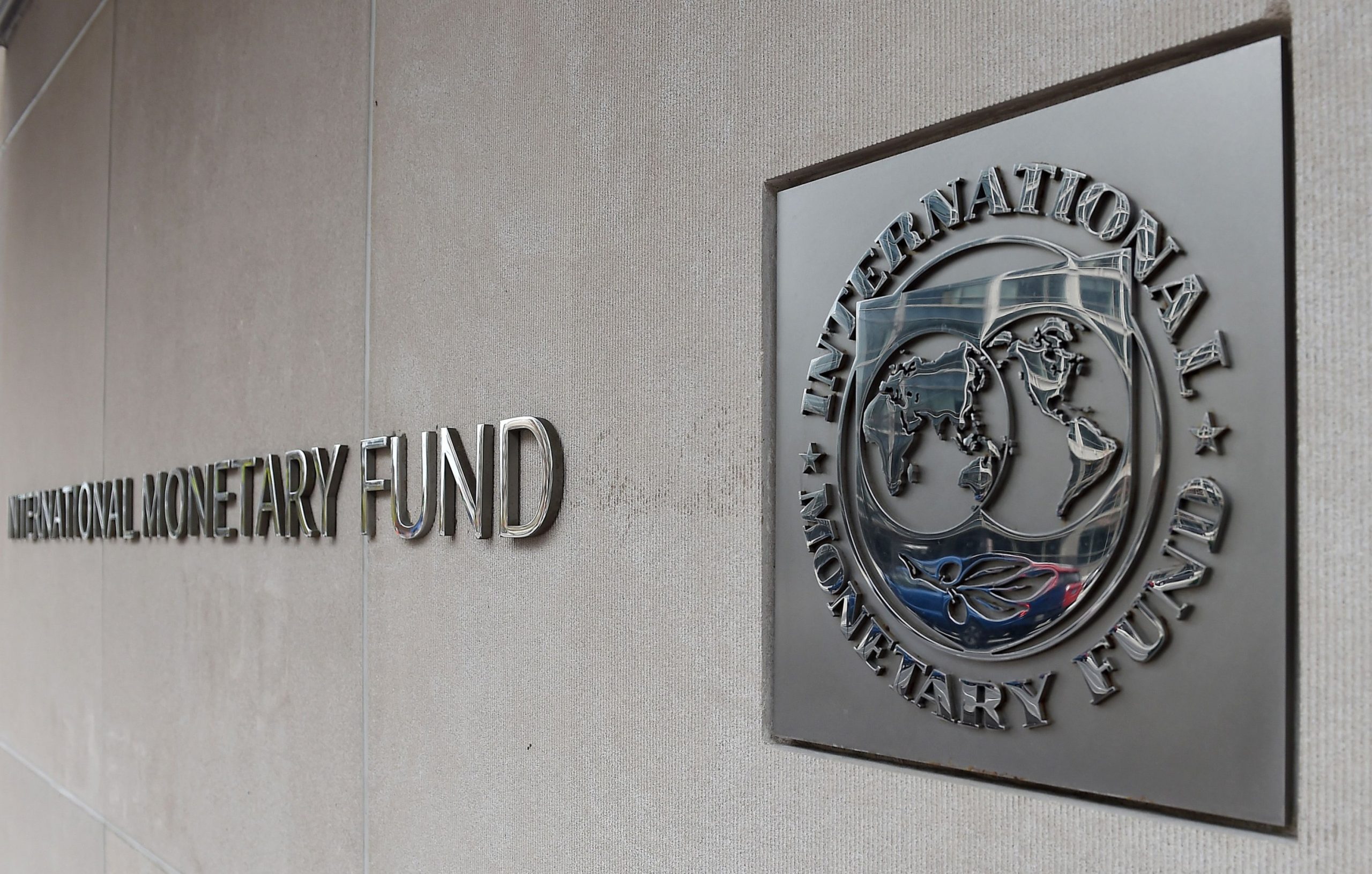Inflation has reportedly reached levels not seen since the early 1980s in the US, the EU, and the UK.
The International Monetary Fund has urged central banks worldwide to “stay the course” in their battle against inflation amid warnings that a third of the world economy will be in recession next year.
The Washington-based IMF stated in its mid-year update that “the worst was yet to come.” An increase in cost of living pressures, Russia’s invasion of Ukraine, and a slowdown in China were all identified as major contributors to the latest growth decline.
Although storm clouds were building, Pierre-Olivier Gourinchas, the IMF’s economic counsellor, emphasised that central banks must keep their “laser focus” on fighting inflation or risk the need for subsequent, even stronger measures if rising pricing pressures were entrenched.
The strength of inflationary pressures had initially been underestimated by the IMF and central banks, according to Gourinchas, but since then there has been a “rapid and synchronised tightening of monetary conditions, alongside a powerful appreciation of the US dollar against most other currencies.”
Inflation has reportedly reached levels not seen since the early 1980s in the US, the EU, and the UK, and Gourinchas claimed that pricing pressures were “quite stubborn.”
“The risk of monetary, fiscal or financial policy mis-calibration has risen sharply at a time when the world economy remains historically fragile and financial markets are showing signs of stress,” he said.
In its most recent three meetings, the Federal Reserve of the United States increased interest rates by 0.75 points, while the Bank of England increased borrowing prices since last December from 0.1% to 2.25%.
The risk of doing too little, according to Gourinchas, outweighs the expense of doing too much, but central banks must still exercise caution. He warned that excessive tightening could cause the world economy to enter an unduly severe recession.
According to the IMF’s semi-annual World Economic Outlook (WEO), global growth would decline from 6% in 2021 to 3.2% this year and 2.7% in 2023. The prognosis for 2022 is unchanged from a revised forecast provided in July but is 0.4% lower than it was six months ago.
Since April and since July, the growth forecast for 2023 has been cut by 0.9 points and 0.2%. For 143 nations, accounting for 92% of global output, the picture for 2023 is worse than it was six months ago.
In 2023, more than one-third of the world’s economies will shrink, while the US, the EU, and China’s economies will all remain stagnant, according to Gourinchas, who wrote the WEO’s foreword. “In short, the worst is yet to come, and for many people 2023 will feel like a recession.”
Gourinchas continued by saying that the Russian invasion of Ukraine was still causing instability in the world economy. Beyond the escalating and senseless destruction of lives and livelihoods, he stated that it had caused a severe energy crisis in Europe that was driving up living expenses and impeding economic growth.
The economies of Germany and Italy, both heavily dependent on Russian energy, are predicted to contract by 0.3 and 0.2 points, respectively, while France is predicted to grow by 0.7%.
Japan is predicted to have the highest growth of the other G7 nations (1.6%), followed by Canada (1.5%) and the US (1%). Forecasted growth for the UK is 0.3%.
Strong Covid lockdown regulations and a slowing real estate market are expected to have a significant negative impact on China’s growth rate, which is predicted to drop from 8.1% in 2021 to 3.2% this year before increasing to 4.4% in 2023.







